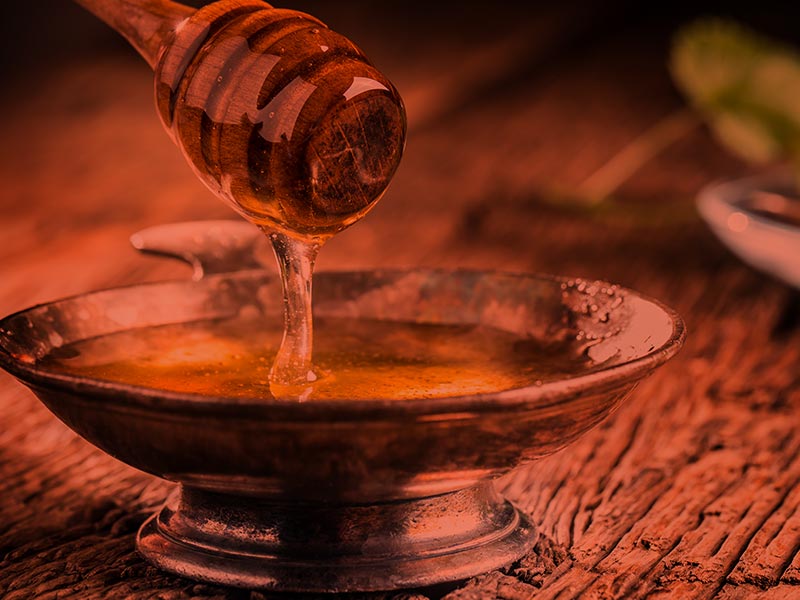Honey has long been admired for its sweet taste and versatility, but one of its most remarkable qualities is its longevity. In fact, honey never spoils. This unique property of honey has been known since ancient times, and archaeologists have even found jars of honey in Egyptian tombs that are over 3,000 years old—and still edible.
The secret to honey’s incredible shelf life lies in its chemical composition. Honey is low in moisture and highly acidic, creating an inhospitable environment for bacteria and microorganisms that would normally lead to food spoilage. It contains natural sugars, like fructose and glucose, which absorb water and further inhibit bacterial growth. Additionally, bees add an enzyme called glucose oxidase to the nectar they collect, which produces hydrogen peroxide—a natural preservative.
This combination of factors ensures that honey can last indefinitely when properly stored in a sealed container. It may crystallize over time, but that process doesn’t affect its safety or nutritional value. You can simply warm the honey to return it to its liquid state.
Aside from its longevity, honey has been used throughout history for its medicinal properties. Ancient civilizations applied honey to wounds due to its antimicrobial properties. Today, honey is still used in natural remedies for sore throats and burns. Manuka honey, in particular, has garnered attention for its potent antibacterial qualities, making it a popular choice in modern wound care products.
While honey may not spoil, it’s important to store it correctly. Exposure to air, moisture, and heat can alter its texture and color. To keep honey fresh, store it in a cool, dry place in an airtight container.
In a world where most foods come with expiration dates, honey stands out as a true testament to nature’s resilience. The next time you drizzle honey over your toast or add it to your tea, you can appreciate the fact that it may very well be the oldest—and longest-lasting—food on your shelf.
Related Articles
The Origins of April Fools’ Day—A Celebration of Tricks and Pranks
The origins of April Fools’ Day are uncertain, but one theory links it to 1582, when France switched from the Julian calendar to the Gregorian calendar. People who didn’t get the memo and continued...
The History of Camels—Nature’s Ultimate Desert Survivors
Camels have been desert dwellers for millions of years, but their adaptations make them one of the most resilient animals on Earth. Contrary to popular belief, camels don’t store water in their...
The Science of Tides—The Moon’s Pull on Earth
Tides are the rise and fall of ocean water, caused mainly by the gravitational pull of the moon. As the Earth rotates, the moon’s gravity pulls on the oceans, creating bulges of water that result in...





